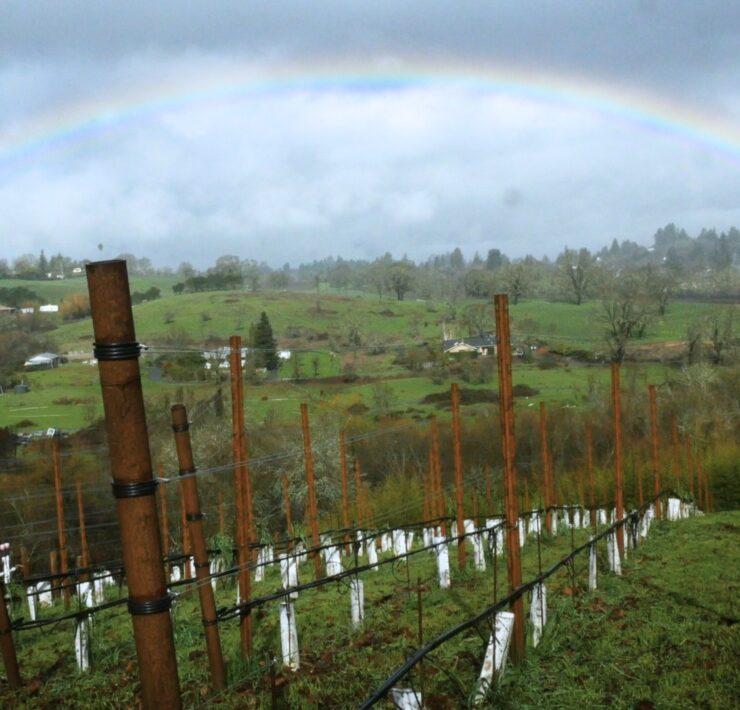Novice wine drinkers and long-term aficionados can agree that acquiring bottles from the industry’s best producers is a challenging feat. Any accomplishments are then trumped by the financial burden that comes with the score. Thankfully, there’s a solution. Many of the world’s top producers have created avenues for consumers to enjoy wines produced at their hands. It only takes a bit of research to get a taste.
Before getting too keen, we haven’t found any loopholes to gaining access to Domaine Leroy Clos de Vougeot or Screaming Eagle Cabernet Sauvignon on a budget. However, this small list of thought-provoking alternatives promises to keep your palate (and wallet) pleased.
1) Look To Lesser-Known or Regional Appellations
While most collectors immediately seek out the obvious appellations from top producers, a good number of top estates produce cuvées from lesser-known or regional appellations that offer great tasting experiences and will save you a bunch of money to boot.
If you love Northern Rhône Syrah, skip the Hermitage and look to nearby appellations. Jean-Louis Chave produces a wine from Saint-Joseph that clocks in at a fraction of the price of his Hermitage. Although less famous, Franck Balthazar is another solid Rhône producer who makes wines at the Côtes du Rhône level.
The same goes for several top Burgundy producers, including Jean-Marc Roulot and Vincent Dancer. While their cru-designated bottlings of White Burgundy go for multiple hundreds of dollars a pop, their entry-level Bourgogne Blancs — while still not super cheap — offer a much more budget-friendly alternative. Plus, they still provide a glimpse into the house style. When looking for attractive prices from top estates, seeking out regional appellations is a great place to start.
2) Dive Into Producer Collaborations
Believe it or not, many of the world’s top producers have joined forces to create secondary projects in lesser-known viticultural regions around the globe. Although these options won’t necessarily offer you the same grape varieties or appellations as the winemakers’ respective home bases, these alternative bottlings will still provide a glimpse into their winemaking style.
The first that comes to mind is Chacra, the Patagonia-based collaboration between Piero Incisa della Rocchetta (Sassicaia) and Jean-Marc Roulot. While the wines mostly center around Pinot Noir, these world-class bottles offer a delightful glimpse into the vinification and élevage style of both winemaking greats.
Another joint venture to seek out is Bodegas CARO, the collaboration between Catena Zapata and Domaines Barons de Rothschild (Lafite). Although somewhat of a far cry from the Left Bank blends of Bordeaux, these full-bodied, Cabernet-based stunners are a much more approachable gateway into a fragment of the Lafite world.
3) Check Out Négoce Projects
Similar to joint ventures, a number of top producers — particularly in France — have ventured into the world of négociant projects. In addition to their domaine bottlings, which are crafted entirely from estate-grown fruit, these secondary lineups of wine are made from purchased grapes (and often cost a whole lot less than the bottles produced from in-house fruit). Check out two of the industry’s most beloved négociant projects here:
Domaine de la Romanée-Conti → Domaine de Villaine
Aubert de Villaine is most famous for his ventures at Domaine de la Romanée-Conti. Few outside the industry are aware of his more southerly project, Domaine de Villaine. Located in the Côte Chalonnaise, this Bouzeron-based passion project has been under his oversight since 1971. Here, de Villaine focuses on some of Burgundy’s more off-the-beaten-path appellations, as well as the lesser-known Aligoté variety. It was de Villaine himself who played a huge role in getting Bouzeron its deserving AOC status in 1997. Today, the heart of the estate’s wines are produced in Bouzeron, Rully, and Mercurey, and many of the wines are vinified as single-vineyard bottlings. These extremely terroir-reflective wines offer a gorgeous insight into de Villaine’s mastery of Burgundian vinification, as well as the more understated growing areas of Burgundy.
Domaine Jean-Louis Chave → Jean-Louis Chave Sélections
Fans of Northern Rhône wines are likely no strangers to the Chave name. Current vigneron Jean-Louis Chave represents the family’s sixteenth generation, as their unbroken line of winemaking generations impressively dates back to 1481 — needless to say, the family knows a thing or two about Syrah-based vinification. In addition to bringing the family domaine to new heights, Jean-Louis created his eponymous négociant project back in 1995, two years after he took the reins at the family estate. The first vintage of wine came exclusively from Saint-Joseph, as Jean-Louis simply worked with growers that he knew on a personal basis within the appellation.
Over time, Jean-Louis has since added a few other cuvées to the lineup, including a Saint-Joseph Blanc, a Crozes-Hermitage, a Côtes du Rhône, and even an Hermitage Blanc and Rouge to boot. Although crafted from purchased fruit (which Jean-Louis sources with the greatest attention to detail), these wines embody the same balance, complexity, and unbelievable mastery of blending that the Chave domaine wines are known for.









